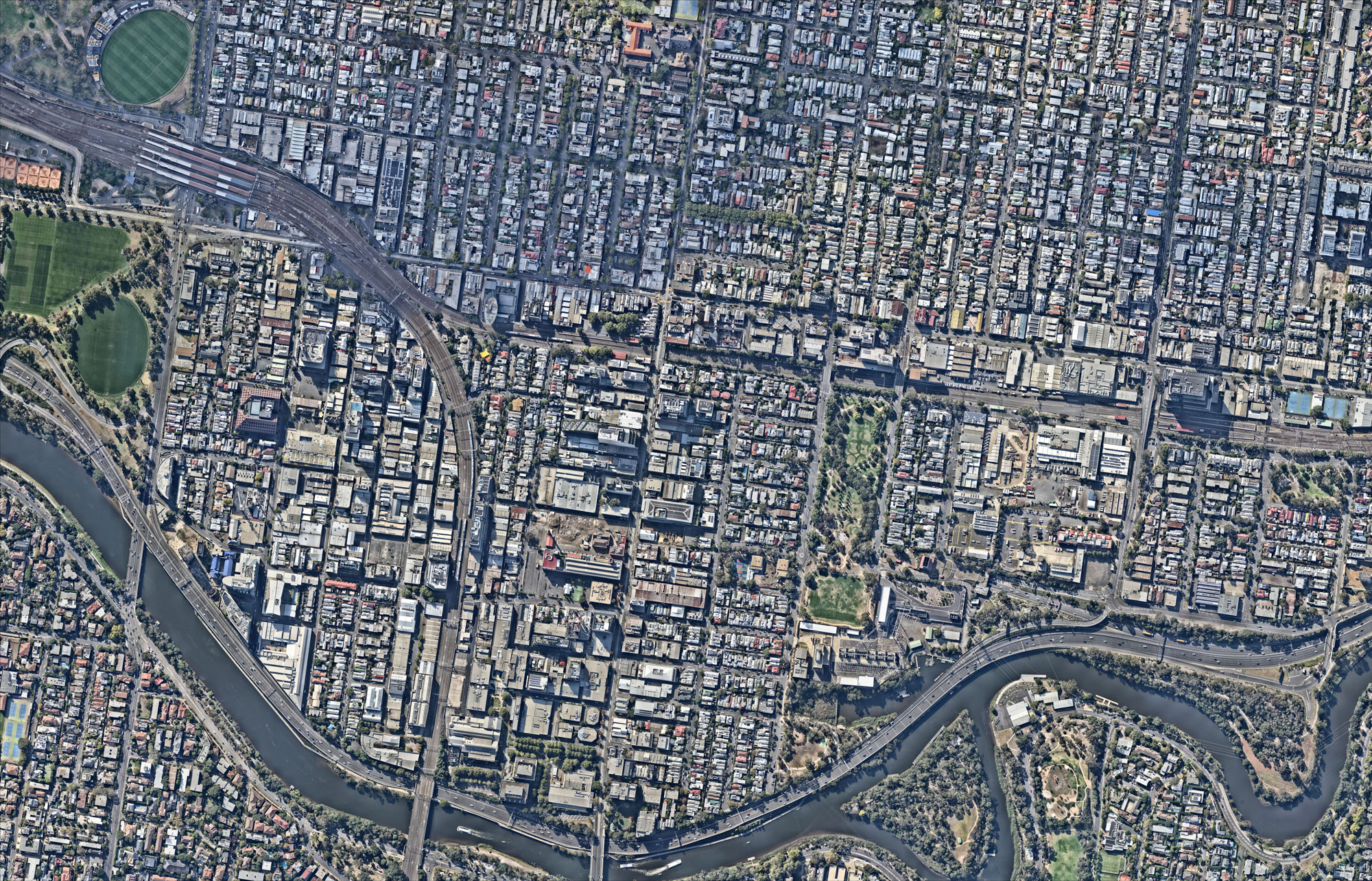Ideas
May 2025

Type
IdeasArticle by
Sarah Wardlaw
For those unfamiliar, YIMBY – an acronym for Yes In My Backyard – is a grassroots organisation advocating for housing abundance. ‘Unbanning Beauty’ was part of their ‘Urban Optimism’ series, providing a platform for architects, designers, urban planners, and policymakers to address the challenges hindering the creation of high-quality, affordable housing in our urban areas and explore avenues for policy reform.
The topic is urgent, and the hurdles are significant.
Andrew Maynard, Colleen Peterson, and Kerstin Thompson, prominent figures in architecture and urban planning, shared their insights on navigating the housing crisis. Their accounts resonated with many, highlighting the complexities we face at Cera Stribley and beyond. As Colleen quipped, “it’s easier to get a permit for a 50-storey building in the CBD than to extend a single-storey cottage in Fitzroy.”
Indeed, our planning system is entangled in legal intricacies rather than fostering innovative design solutions. Issues like neighbourhood character and a narrow-minded approach to heritage preservation act as stumbling blocks, hindering progress. Too often, we are incentivised to prioritise navigating bureaucratic hurdles over achieving architectural excellence that benefits both clients and communities.
Victoria’s fixation on preserving “neighbourhood character” is a double-edged sword. While aiming to safeguard aesthetics, it stifles innovation and impedes the development of much-needed medium-density housing. This obsession shackles us to mediocre outcomes, worsening the housing crisis as supply dwindles amidst stifled creativity.
What truly constitutes ‘neighbourhood character’? Is it merely the buildings or the collective ambiance created by streetscapes and green spaces in the public realm, including street trees and nature strips, as well as the interface features like fence heights and front gardens? While building facades matter, it’s the latter that truly defines a community’s essence.
Similarly, the approach to heritage properties raises questions. While it’s vital to preserve architectural heritage, excessively rigid preservation can stifle progress. The City of Melbourne’s protection of the former Royal Women’s Hospital Car Park in Carlton is a prime example of this. When adapting heritage buildings, councils often limit architectural options to either blending in or stark contrast, stifling contemporary creativity.
Yet, contemporary architecture can coexist harmoniously with historical contexts. It doesn’t have to hide or clash; it can complement sensitively, bridging past and present seamlessly. The Kerr Street Housing project by Kerstin Thompson Architects stands as a prime illustration of this principle. Instead of merely attempting to hide or starkly juxtapose, it skilfully integrates with the existing heritage features, employing “subtle nods and gentle references” to achieve cohesion.
Victoria’s planning ethos requires a paradigm shift. Instead of fixating on preserving ambiguous notions of heritage and “neighbourhood character,” we must prioritise innovation and inclusivity. Embracing diverse architectural designs and promoting density in urban centres is crucial for addressing the housing shortfall and nurturing vibrant, sustainable communities.
At its core, Victoria’s planning dilemma reflects a misalignment of priorities. By prioritising superficial aesthetics over the fundamental right to housing, we risk excluding future generations. It’s imperative to realign our focus with principles of social equity and inclusivity, ensuring every Victorian has access to safe, affordable housing.